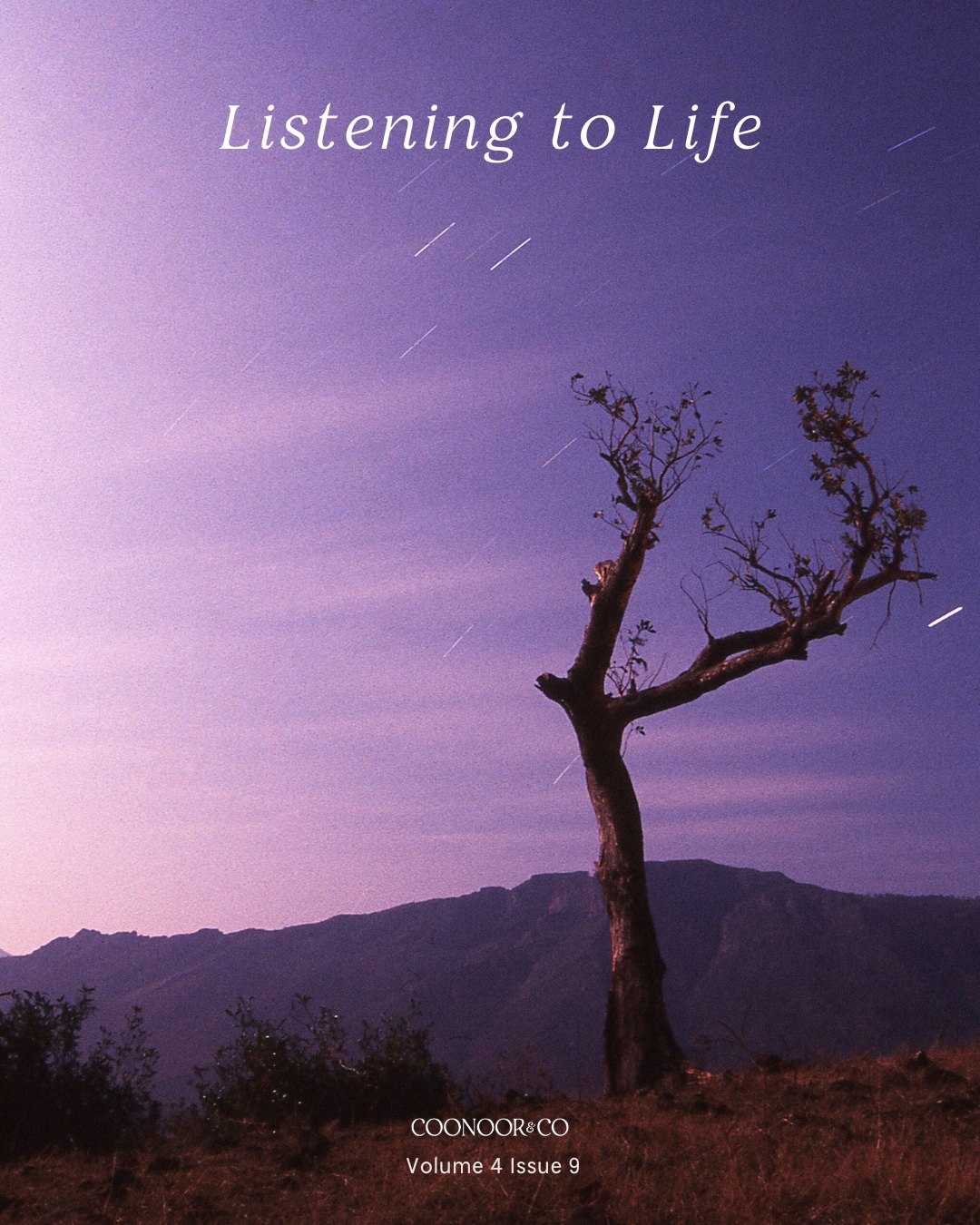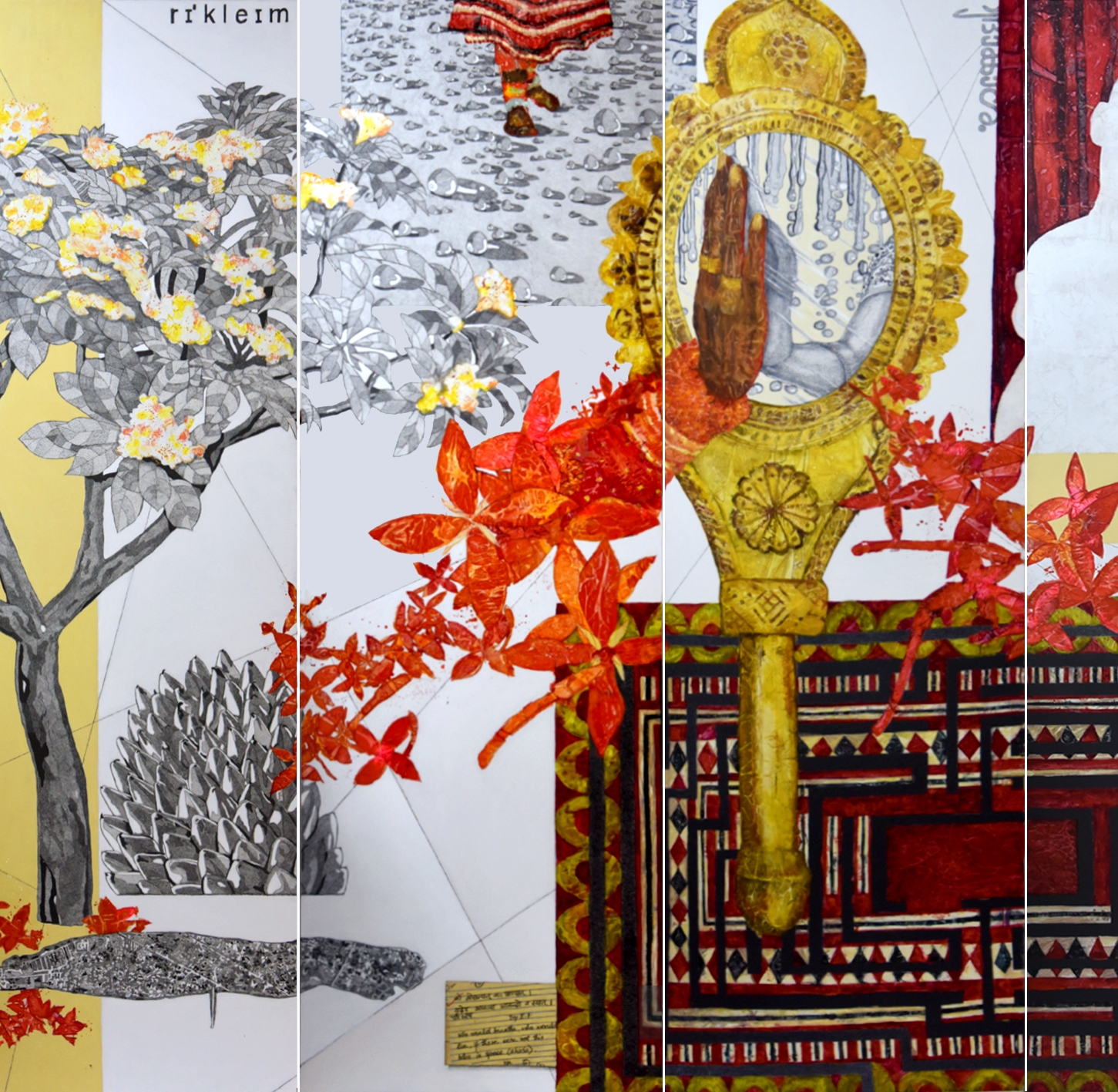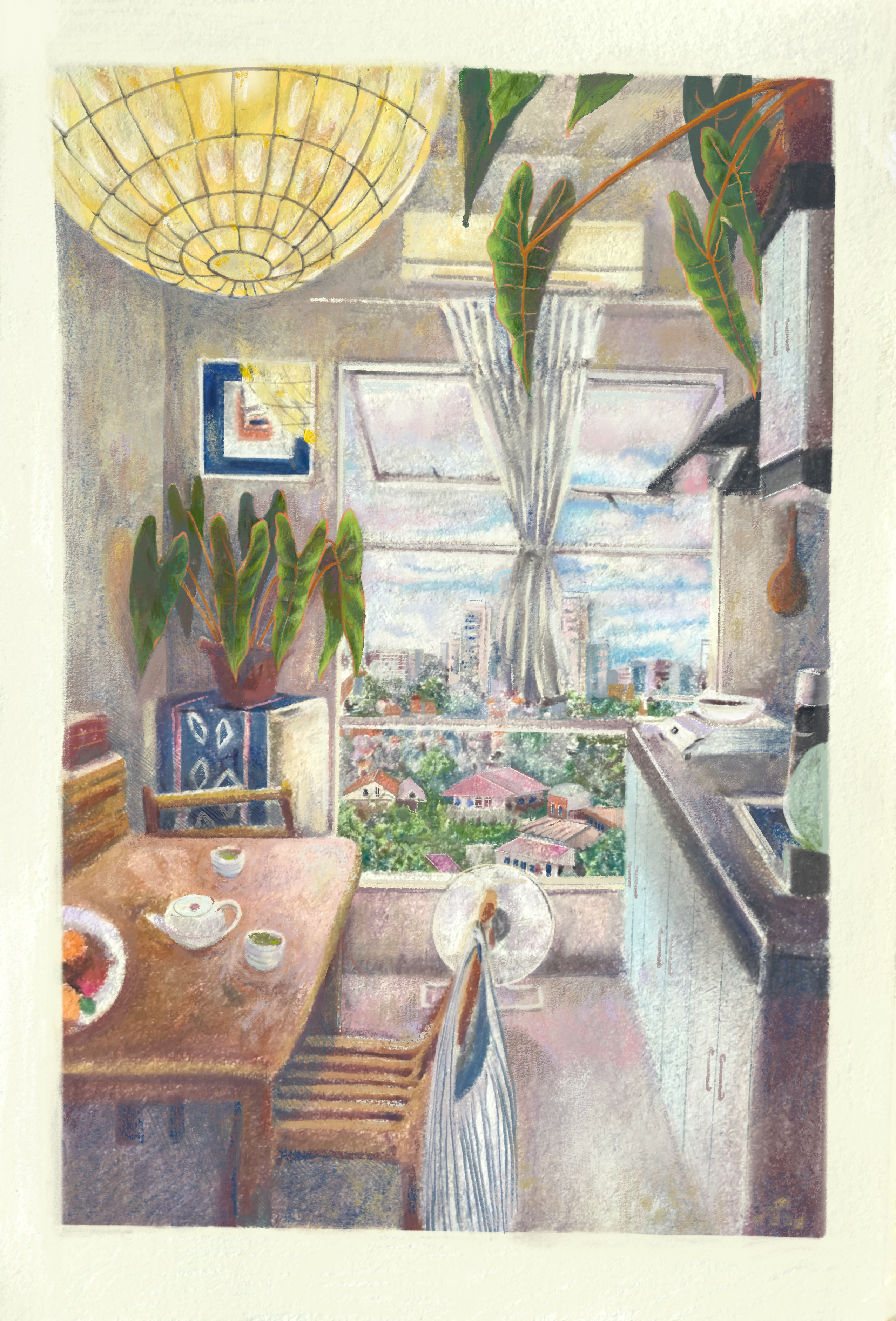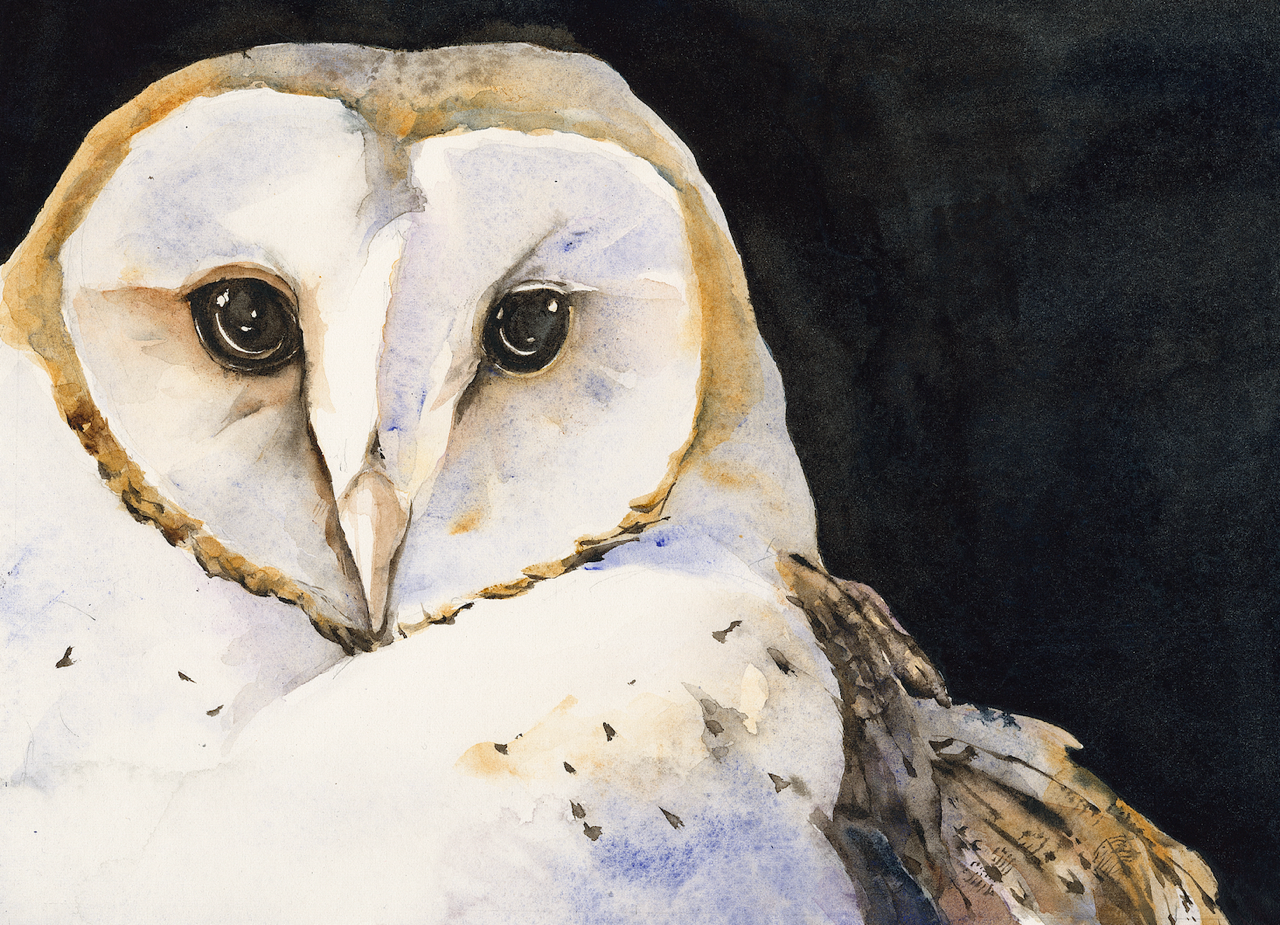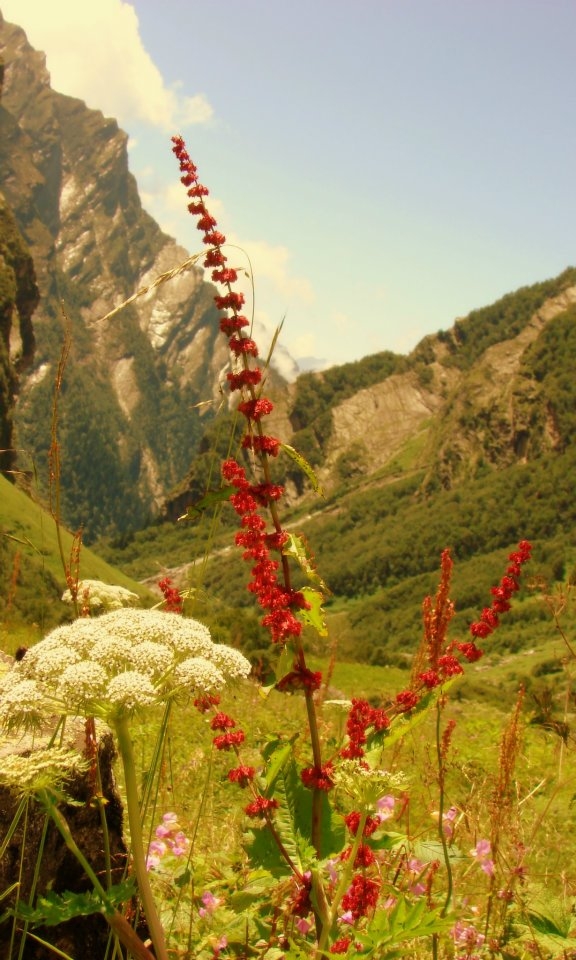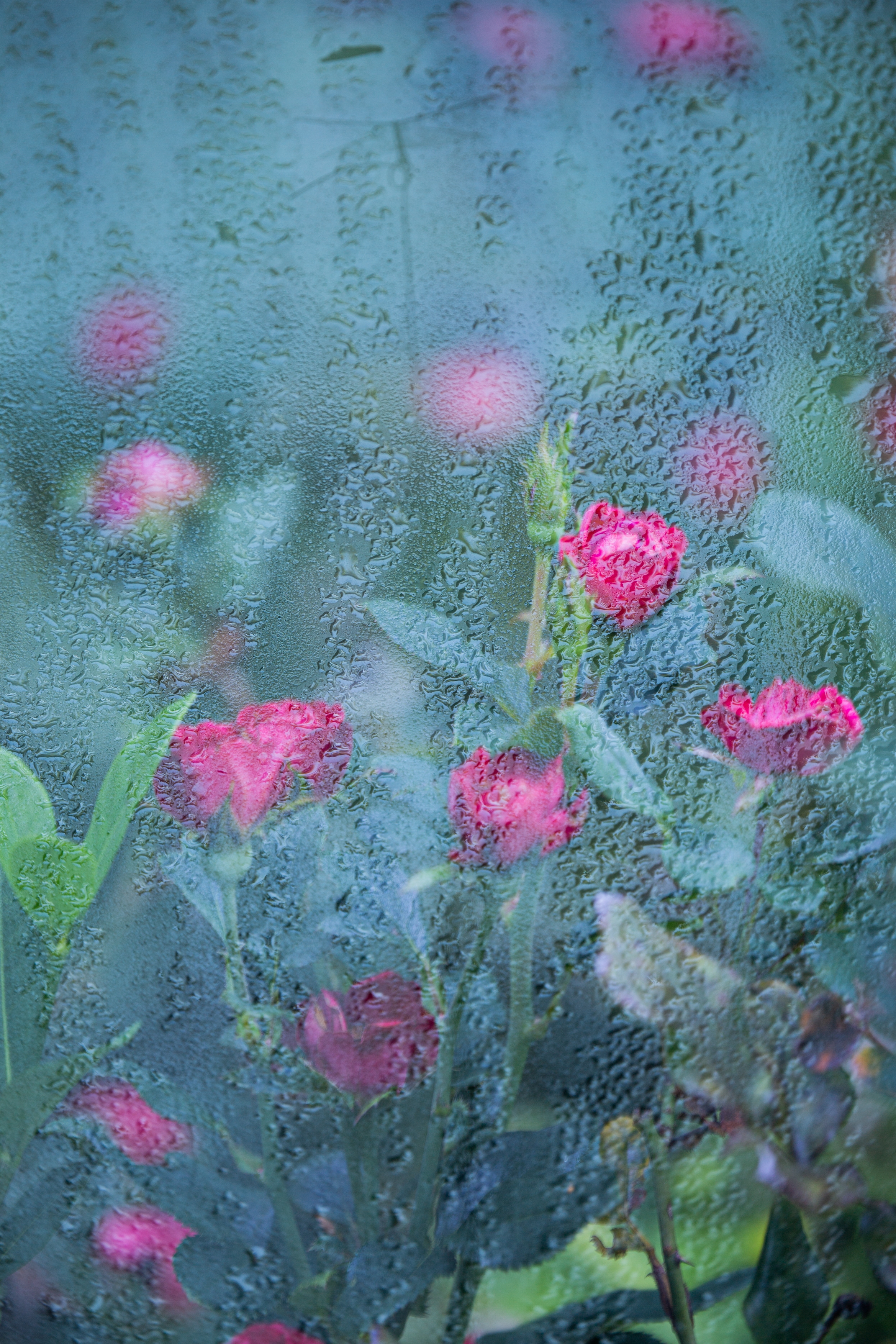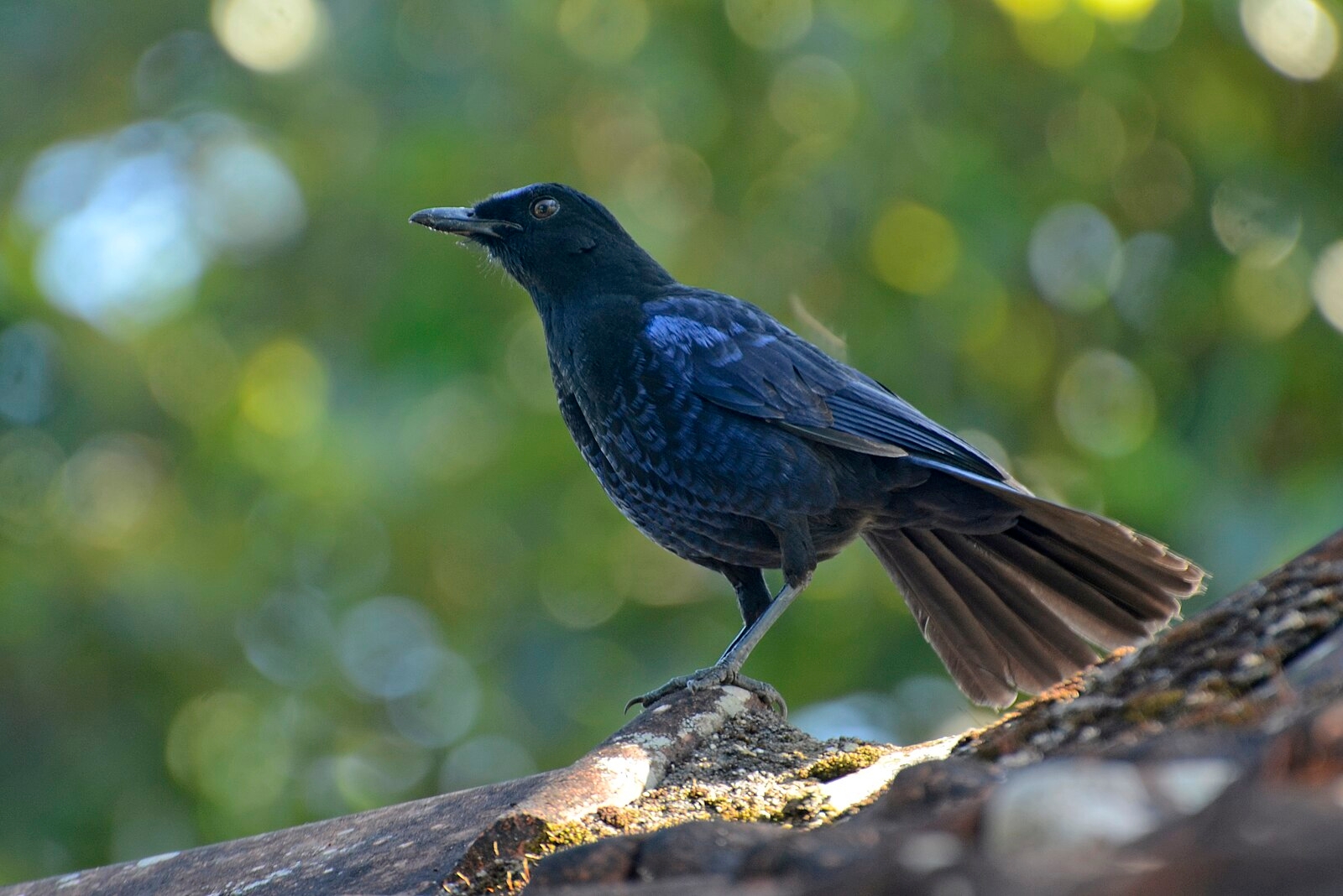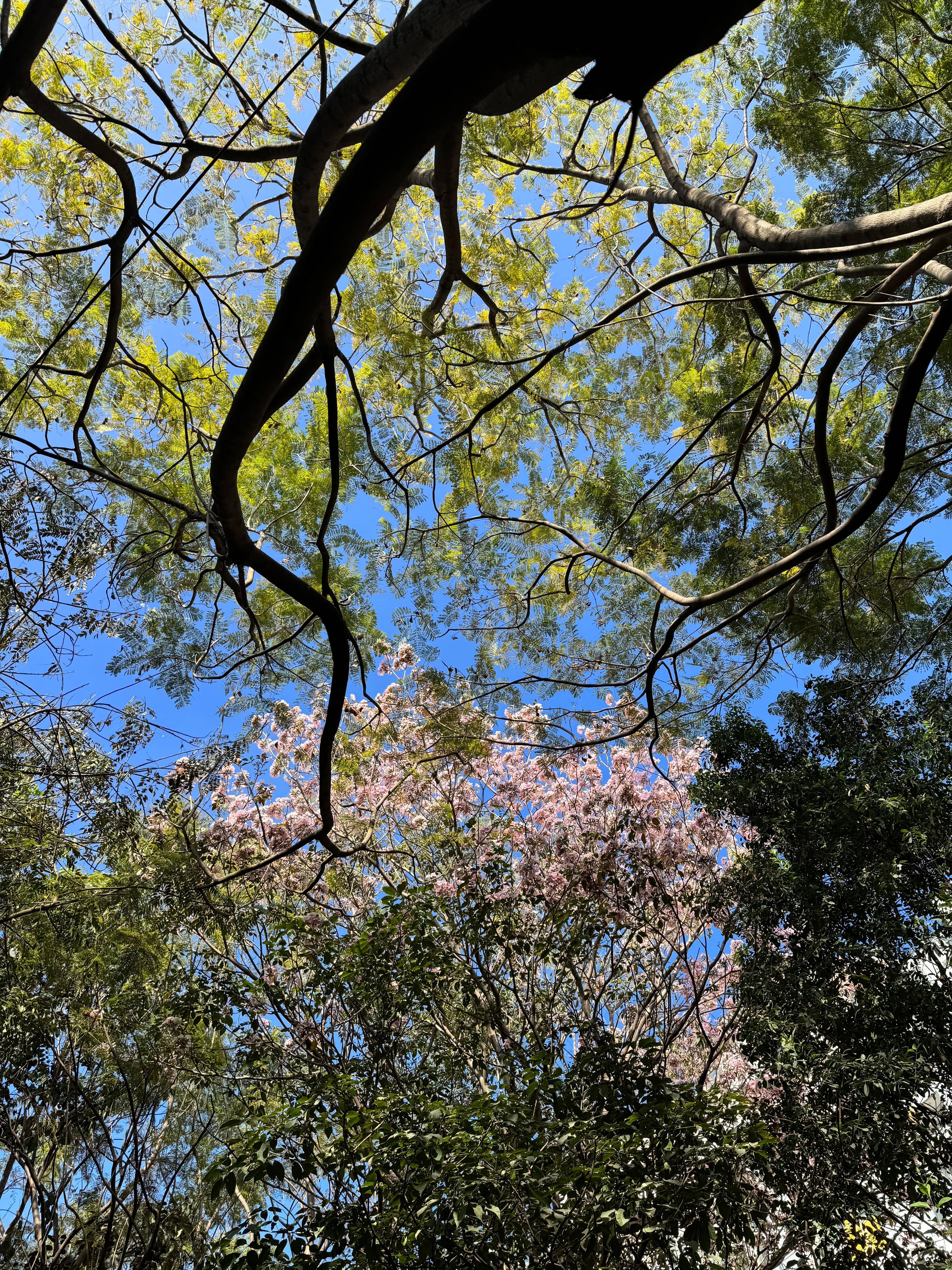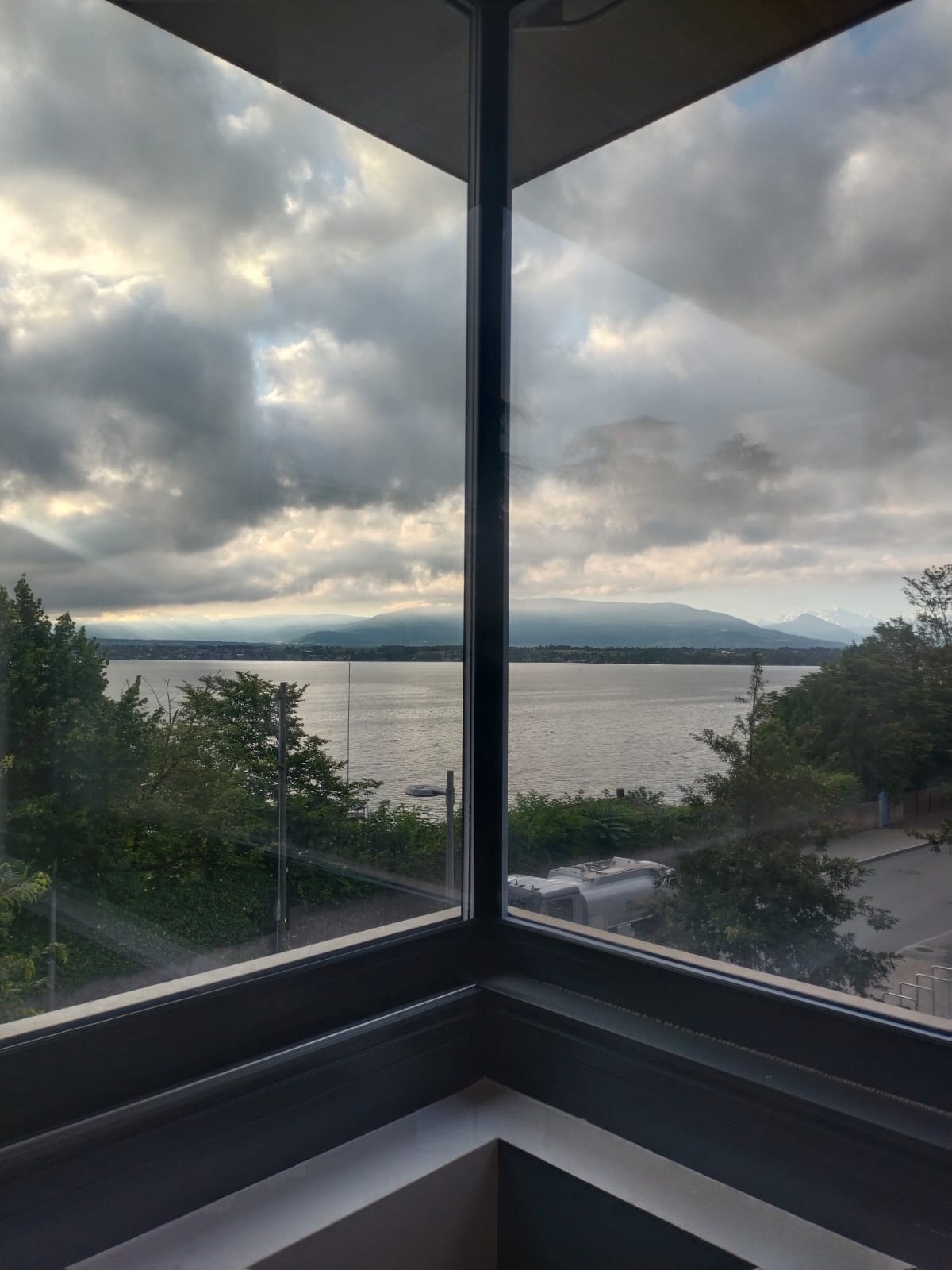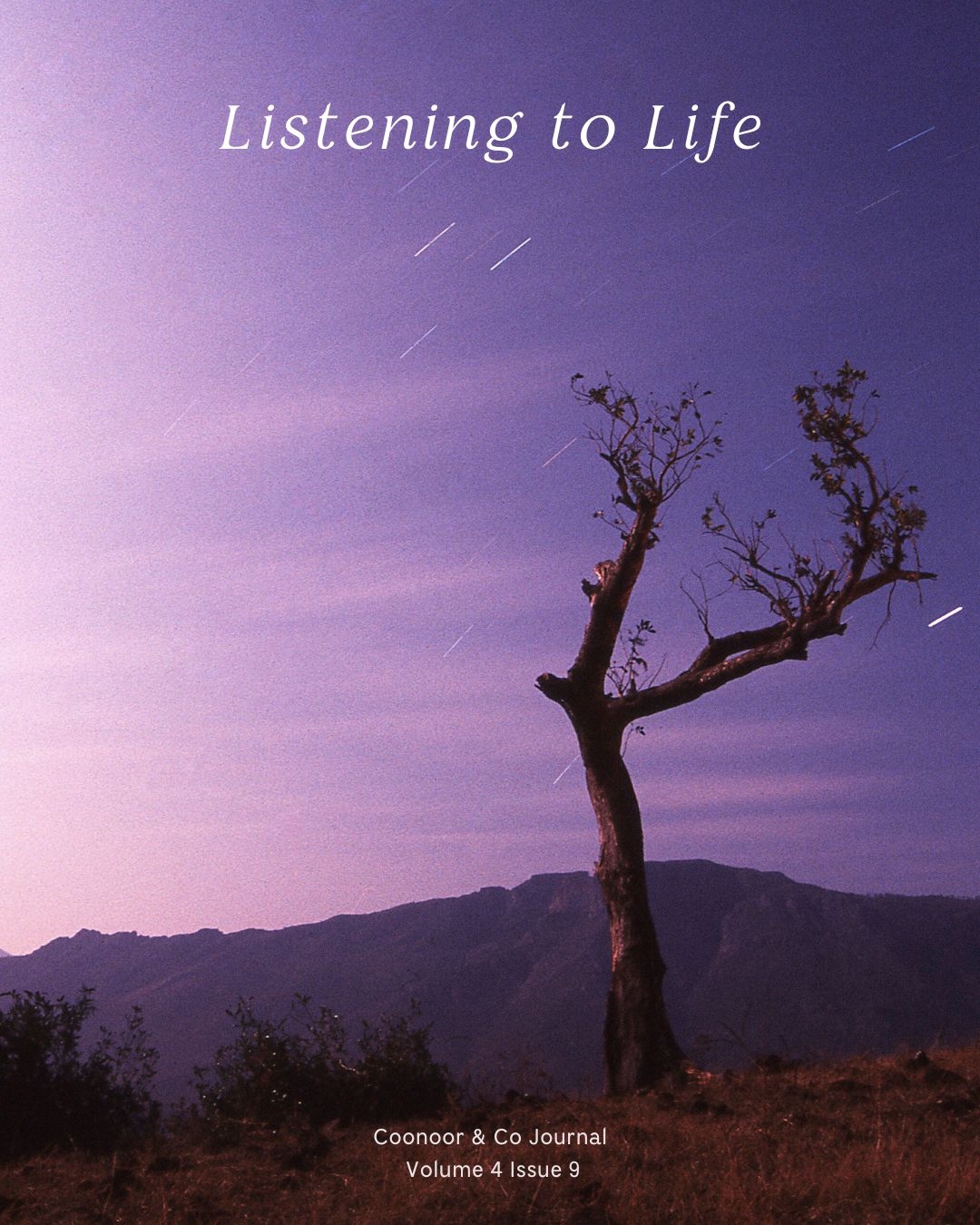
Listening to Life
What does it mean to listen—with attention, presence, and intention?
Listening is more than hearing. It is noticing the hush that settles over a landscape just before rain, or the way a child pauses before speaking, searching for the right shape of a thought. It is attuning ourselves to rhythm and breath, memory and feeling, to what gently flickers just beneath spoken words. It is not passive but deeply relational, connecting us to one another, to the places we inhabit, to the movements of time, and to the subtle unfolding of our lives.
In a world flooded with alerts, chatter, and constant noise—where speed is prized over depth—listening becomes an act of resistance. It often begins quietly, perhaps in a moment of stillness when something within us leans toward something outside. Sometimes it arises through rupture—in the wake of loss or change—as the familiar falls away and we discover new meanings or overlooked voices.
Listening asks us not merely to notice, but to linger, staying long enough to allow ourselves to be changed.
Read Next
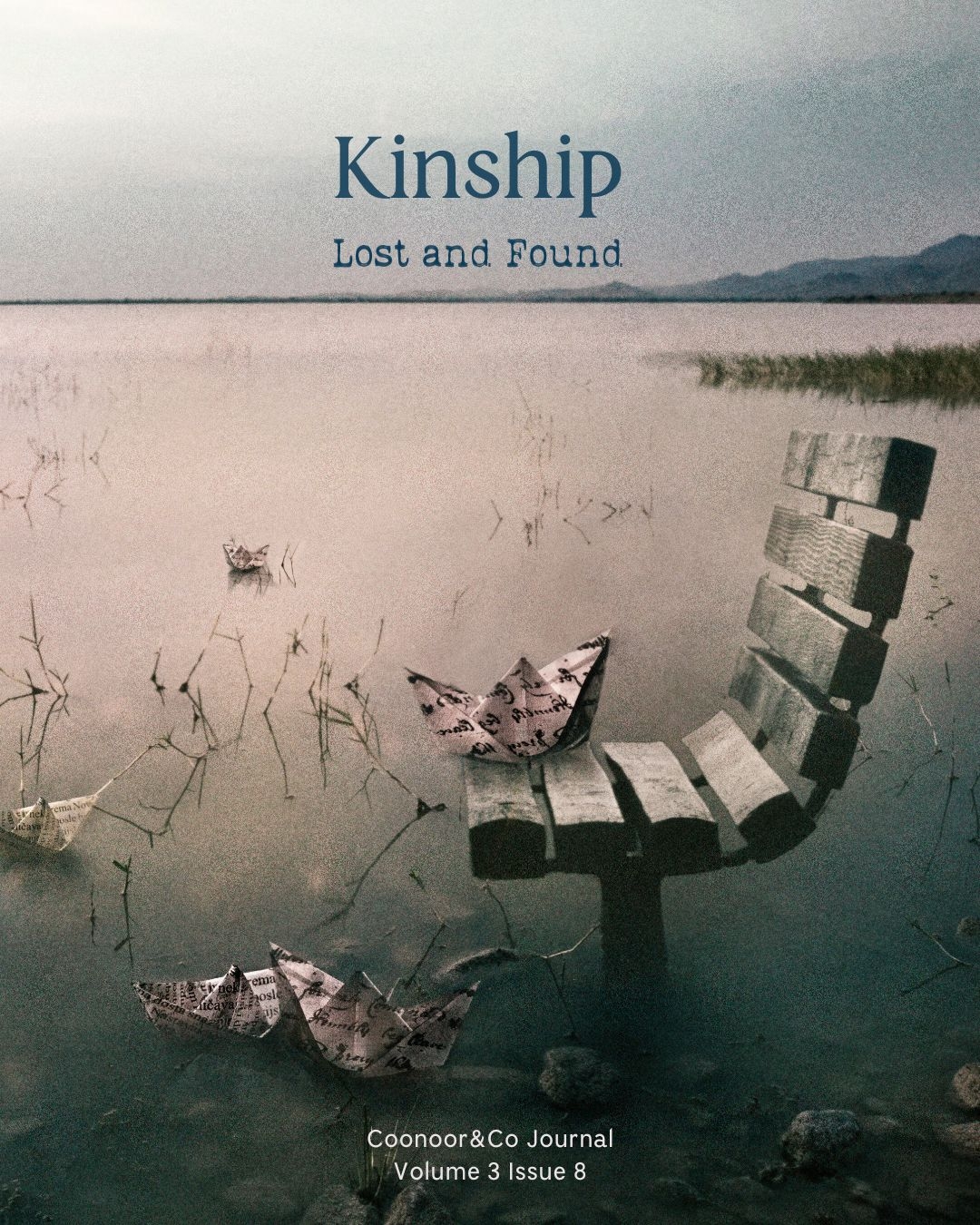
Kinship - Lost and Found
In a time when connection feels both omnipresent and strangely elusive, the essence of kinship can quietly slip from our grasp. As we navigate an increasingly fragmented world, this issue invites you to rediscover the hidden bonds that tether us—not just to one another but to the landscapes we inhabit and the larger ecosystem of life.
Kinship, in its truest sense, goes beyond the immediate; it recognizes the intricate web of relationships that shape us—through family, community, and the more-than-human world. The constellation of stories within this issue weaves these dimensions together, reminding us that belonging is not something we simply seek but something we continuously create.
Through essays, poetry, photography, illustrations, and personal narratives, Kinship—Lost and Found explores how these connections are sustained. How might we rekindle bonds with those we love and the animals we share the earth with? What wisdom can be gleaned from Indigenous elders who hold generations of knowledge about living in harmony with nature? How do we hold on to the spaces we once called home, the memories stirred by a well-worn family album, a treasured recipe, or the fleeting impulse of a familiar scent?
At the heart of these reflections is the understanding that kinship is never static—it is layered, dynamic, and evolving.
